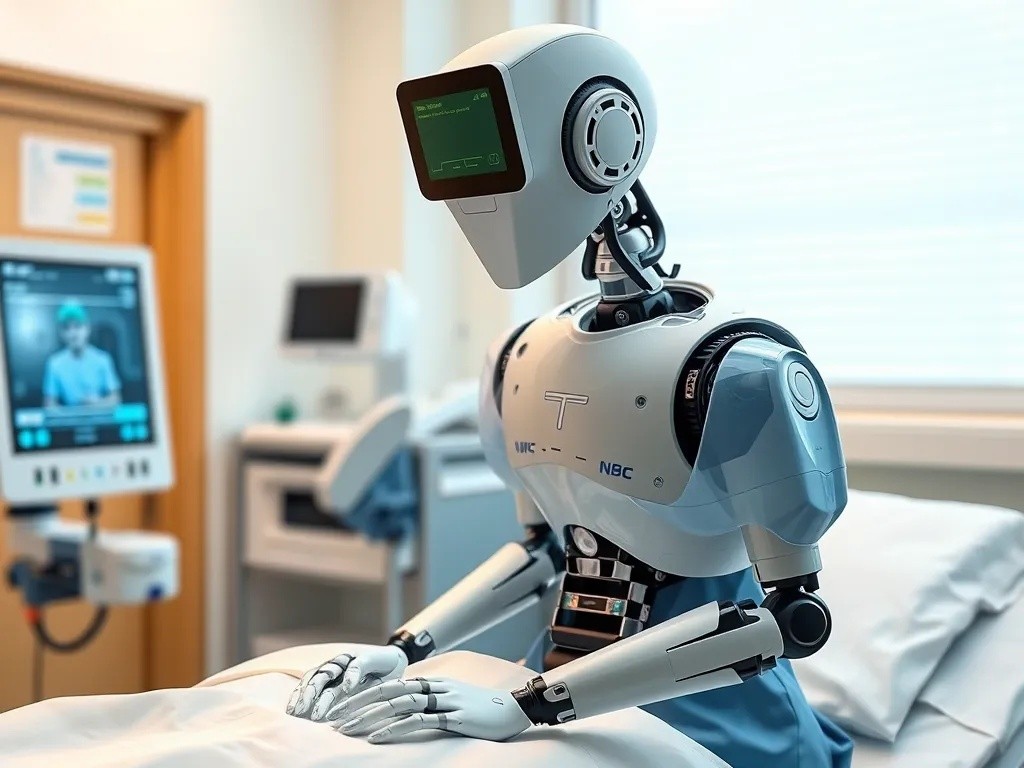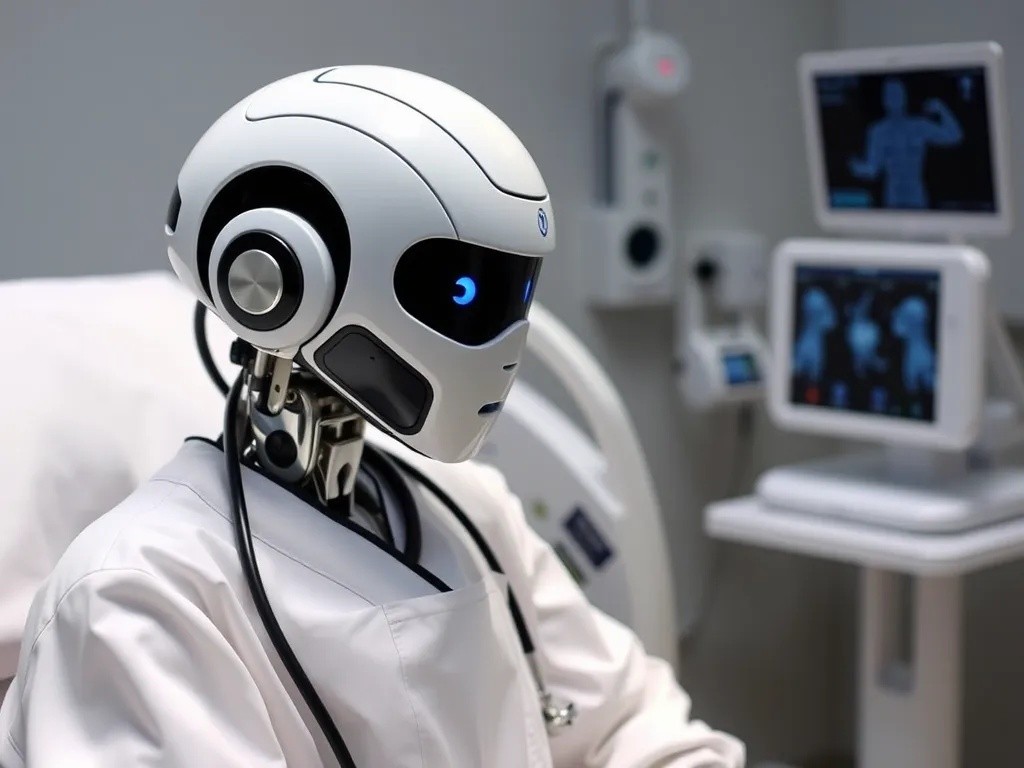In recent years, there has been a significant advancement in the field of Artificial Intelligence (AI) and Augmented Reality (AR). These technologies have become increasingly popular and have the potential to enhance virtual experiences in various fields such as gaming, education, healthcare, and...
Robot Nurse Monitors Patients Better Than Human Doctors

The healthcare industry is witnessing a technological revolution that's reshaping how we approach patient care. Robot nurses, equipped with advanced artificial intelligence and sophisticated monitoring systems, are proving to be more effective than human doctors in continuous patient surveillance and data collection. This shift represents not a replacement of human compassion, but an enhancement of medical precision and efficiency.
The Rise of Automated Patient Monitoring
Modern healthcare facilities are increasingly adopting robotic nursing systems that can monitor patients around the clock without fatigue, distraction, or human error. These sophisticated machines utilize multiple sensors, cameras, and AI algorithms to track vital signs, detect changes in patient condition, and alert medical staff to potential emergencies faster than traditional monitoring methods.
Key Advantages of Robot Nurses
Robot nurses offer several distinct advantages over human monitoring:
- Continuous Monitoring: Unlike human staff who work in shifts, robot nurses provide 24/7 surveillance without breaks or lapses in attention
- Precise Data Collection: Advanced sensors can detect minute changes in vital signs that might be missed by human observation
- Instant Response Time: Automated systems can immediately alert medical staff when critical thresholds are exceeded
- Consistent Performance: Robot nurses maintain the same level of accuracy regardless of time of day or workload pressure
- Multi-patient Capacity: A single robotic system can simultaneously monitor multiple patients with equal attention to each
Advanced Monitoring Capabilities
Today's robot nurses are equipped with cutting-edge technology that goes far beyond basic vital sign monitoring. These systems can track heart rate variability, respiratory patterns, blood oxygen levels, temperature fluctuations, and even subtle changes in patient movement or behavior that might indicate distress or deterioration.
AI-Powered Health Analysis
The integration of artificial intelligence allows robot nurses to not just collect data, but to analyze patterns and predict potential health issues before they become critical. Machine learning algorithms can identify early warning signs of sepsis, cardiac events, or respiratory failure by analyzing multiple data streams simultaneously—a task that would be overwhelming for human doctors managing multiple patients.

Real-World Applications and Results
Hospitals implementing robot nurse monitoring systems have reported significant improvements in patient outcomes. Emergency response times have decreased dramatically, with some facilities seeing a 40% reduction in the time between onset of critical symptoms and medical intervention. Additionally, the constant monitoring has led to earlier detection of complications, resulting in shorter hospital stays and reduced mortality rates.
Areas Where Robots Excel
Robot nurses particularly excel in several critical areas:
- Post-operative monitoring: Continuous surveillance during the vulnerable recovery period
- ICU patient care: Managing multiple critically ill patients simultaneously
- Medication compliance: Ensuring patients receive medications on precise schedules
- Fall prevention: Monitoring patient movement and alerting staff to potential falls
The Human Element Remains Essential
While robot nurses excel at monitoring and data collection, they complement rather than replace human healthcare providers. The emotional support, clinical decision-making, and complex care procedures still require human expertise and compassion. The most effective healthcare model combines the precision and consistency of robotic monitoring with the empathy and critical thinking of human medical professionals.
Future Implications
As technology continues to advance, robot nurses will become even more sophisticated, potentially incorporating features like voice interaction, mobility assistance, and basic care procedures. This evolution will allow human doctors and nurses to focus more on complex medical decisions, patient interaction, and specialized treatments while robots handle the continuous monitoring and routine tasks.
Conclusion
Robot nurses represent a significant leap forward in patient monitoring capabilities, offering unprecedented precision, consistency, and coverage that surpasses human limitations in surveillance and data collection. While they cannot replace the human touch in healthcare, they provide an invaluable tool that enhances patient safety and outcomes. As healthcare systems worldwide face increasing demands and staffing challenges, robot nurses offer a promising solution that allows medical professionals to work more efficiently while ensuring patients receive the highest level of monitoring care possible.



